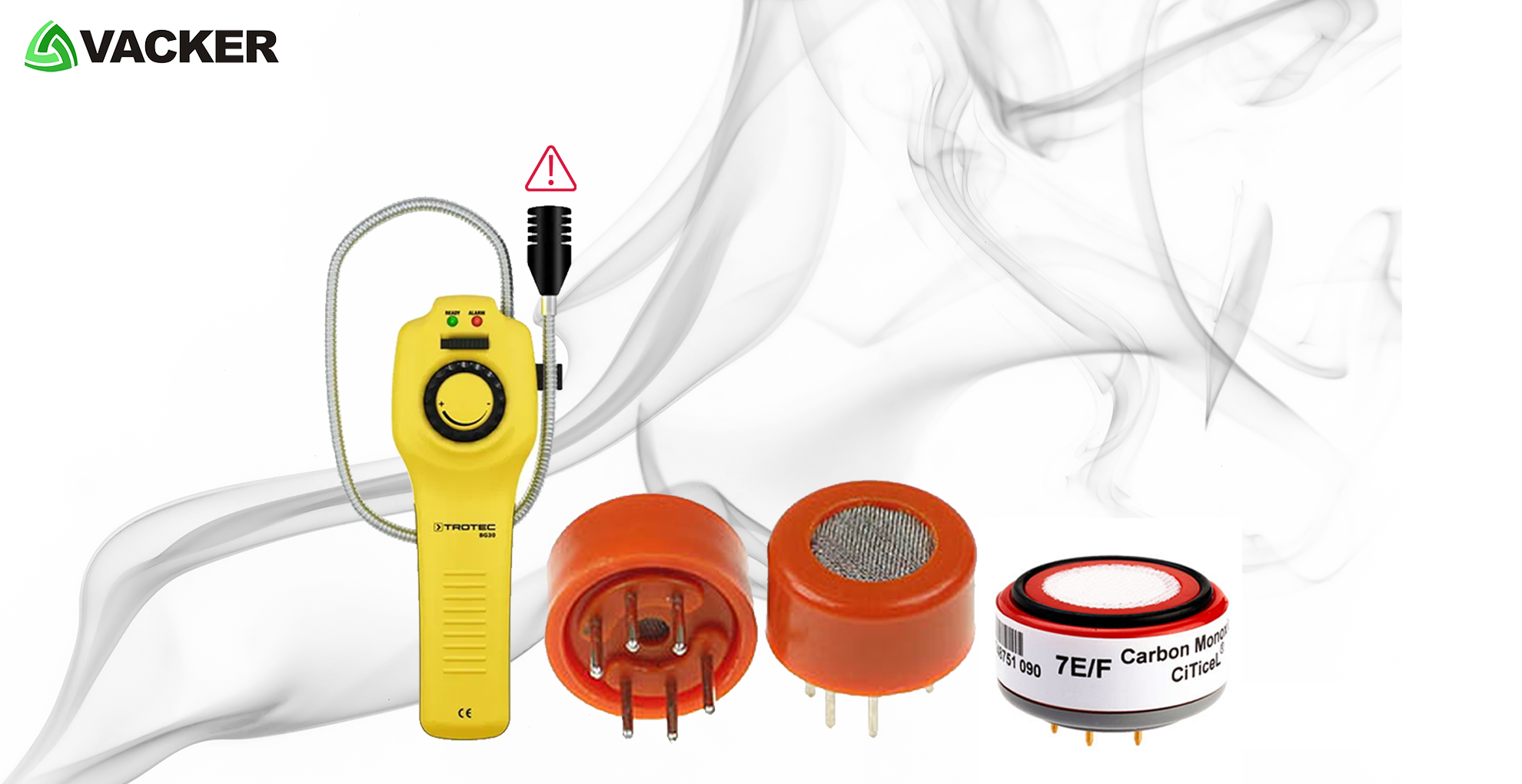
Gas sensors – In an average human nose, there are 400 different types of scent receptors that allow us to perceive around 1 trillion different odors. Many of us, however, are unable to identify the type or concentration of gas in our atmosphere. A gas sensor is important in situations where we need to detect changes in the concentration of dangerous gases to keep the device safe and prevent any unwanted risks.
Briefly explaining,
Gas sensors, also referred to as gas detectors are electronic devices that detect and identify various gases. They’re typically employed to detect and monitor dangerous or explosive gases. Gas sensors are used to detect smoke and carbon monoxide in houses, as well as to detect gas leaks in factories and manufacturing facilities. They’re usually connected to an audible alarm or interface as part of a larger embedded system, such as hazmat or security systems. Gas sensors must be adjusted more frequently than other types of sensors because they are continually reacting with air and other gasses.

The physical constitution and sensing method of sensors can differ significantly depending on their intended surroundings and applications. The metal oxide based gas sensor is one of the most extensively used gas sensors for hazardous identification and smoke detection. A chemiresistor is used in this sort of sensor, which comes into contact with target gasses and reacts. When metal oxide gas sensors come into contact with gases including carbon monoxide, hydrogen, methane, and butane, their electrical resistance increases. Oxide-based sensors are used in the majority of home-based smoke detection systems.
There are different types of sensors for calculating various parameters, and a gas sensor is one of them. Different gas sensors are used to detect gases such as oxygen, carbon dioxide, nitrogen, methane, and others. They can also be found in devices used in workplaces and offices to detect harmful gas leaks, monitor air quality, and so on.
Following are the list of areas where gas sensors play a vital role:
- Gas sensors are used in the kitchen to detect gas leaks such as natural gas and liquefied petroleum gas.
- Carbon dioxide sensors, smoke sensors, ozone sensors, and other gas sensors are used to manage the automatic operation of air purifiers and electric fans in homes, businesses, conference rooms, and public venues for entertainment.
- Gas sensors are used to detect dangerous gases in the semiconductor and microelectronics sectors. Highly poisonous gases, such as organic solvents and phosphorene, can also be detected using the gas sensors.
- Furthermore, Gas sensors are utilized for oxygen detection in exhaust gas in the vehicle and furnace industries, as well as the detection of ethanol gas concentration in drivers’ exhalation.
- Gas sensors can detect the freshness of perishable items such as meat in the food sector.
- Gas sensors, such as the carbon dioxide sensors and ozone sensors, are used in agriculture to detect greenhouse gases.
Contact us today! We are ready for your enquiries.


Leave A Comment